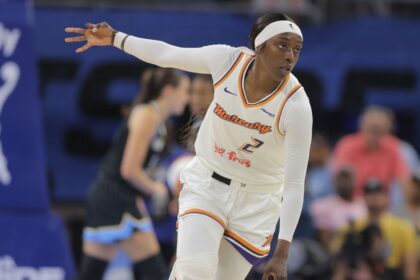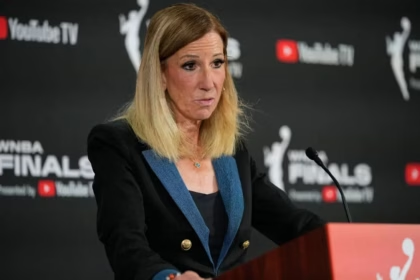WNBA CBA Negotiations: Will a Deal Be Reached Before the Deadline?
A year ago, the WNBA Players Association announced its intention to terminate the current collective bargaining agreement (CBA), which expires after the 2025 season. WNBPA President Nneka Ogwumike described this decision as a “defining moment” for the league and for those who believe in progress. The players are seeking a new economic model that prioritizes equity, seeking to obtain “the share that corresponds to us from the business we have built.” Despite this declaration, one month before the October 31 deadline, there are no clear signs that a new agreement will be reached. Erin Drake, legal advisor to the WNBPA, expressed her lack of confidence in reaching an agreement by that date on the “Good Game with Sarah Spain” podcast. Tensions have escalated since October 2024, with players expressing frustration over the lack of progress. WNBPA Vice President Napheesa Collier criticized the WNBA’s leadership in an interview, which generated support among several league stars. WNBPA Executive Director Terri Jackson assured that the players maintain the same determination as a year ago. Although it’s not time to panic, both sides could agree to an extension to continue negotiations. This is a detailed analysis of the current state of CBA talks, considered the most important in the league’s history.The Negotiation Process: Key Participants
In negotiation sessions, various actors participate. On the league’s side, there are WNBA and NBA staff, along with their legal advisors. WNBA Commissioner Cathy Engelbert attends all substantive meetings. On the union side, WNBPA staff and external advisors participate, with the possible attendance of player leaders. The CBA committee of the players is usually made up of at least 33 members, including representatives from each team, members of the executive committee, and other players. The league has its own labor relations committee, composed of team owners and executives. The first meetings between the league and the WNBPA took place in December, with a broader meeting during the All-Star weekend in July. Since then, the WNBPA has held weekly meetings with player leadership, and both sides have maintained regular conversations, although the scope and participants have varied.The Main Obstacle: The Salary Model
Chelsea Gray, a player for the Las Vegas Aces, pointed out that negotiations are not where they were expected to be, mentioning market share, salaries, and player safety as key issues. The main point of conflict lies in how salaries should be determined. The WNBPA advocates for a system where the percentage of revenue allocated to salaries increases with business growth, similar to the NBA. On the other hand, the league proposes a salary cap that increases at a fixed rate over time, as established in the current agreement. The league’s salary cap in 2025 was $1,507,100, with a minimum salary of $66,079 and a maximum of $249,244. The current agreement includes a revenue-sharing provision that could result in direct payments to the players if certain revenue targets are met, but it has not yet been activated.NBA Commissioner Adam Silver suggested that WNBA players will receive a “significant raise” in their salaries, but highlighted the “absolute numbers” instead of revenue sharing. The WNBPA responded via an Instagram story, questioning whether the league is willing to share. Terri Jackson emphasized that the players are seeking a salary system that values their work and allows them to grow with the business they drive. Engelbert, for his part, underscored the importance of balancing the increase in players’ salaries with the long-term viability of the league, mentioning the expansion to 18 teams by the end of the decade.The WNBA agrees with the players that they deserve to earn more and participate in the success and growth of the league by sharing revenue. The comprehensive proposal we provided to the Players Association includes significant guaranteed increases in the salary cap and significant uncapped revenue sharing, allowing player salaries to grow as the league’s business grows.
Statement from a WNBA spokesperson







